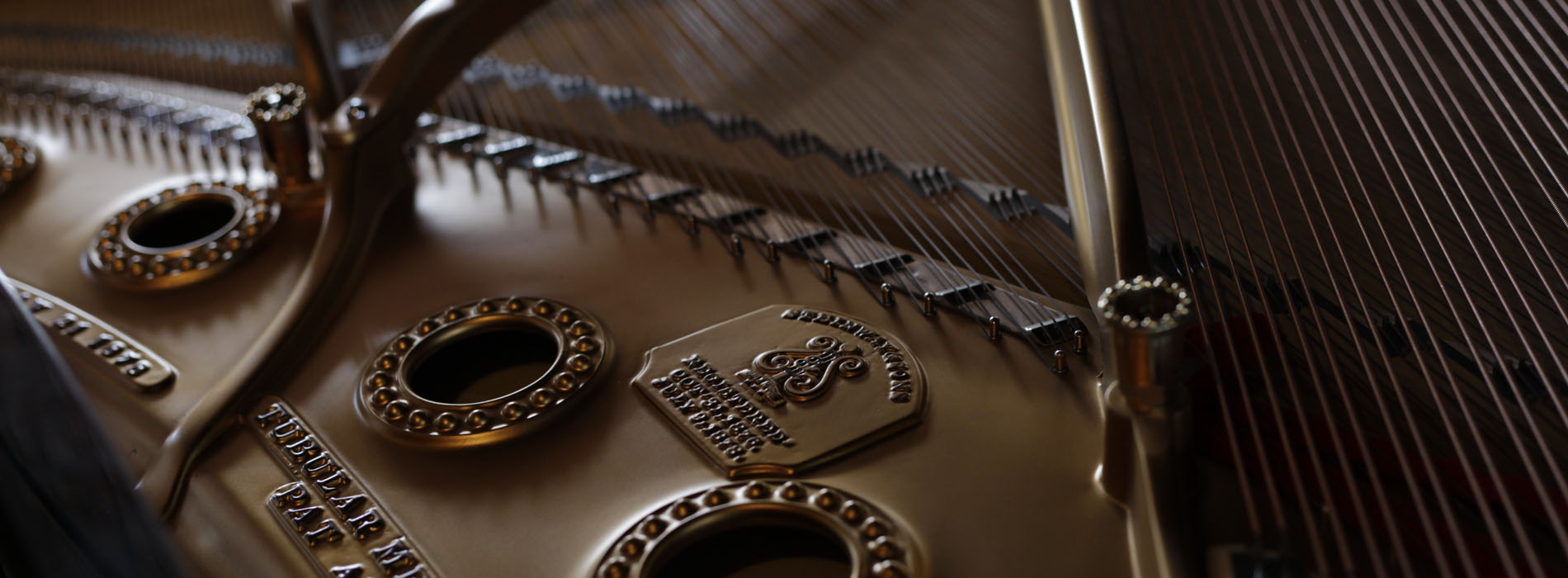Introduction: A Legacy of Excellence
For more than a century and a half, Steinway & Sons has defined the gold standard in piano building, guided by its founding vision: “to build the best piano possible” and “make no compromise in quality.” Established in 1853 by Henry Engelhard Steinweg, later known as Henry E. Steinway, the company was not born out of a desire to dominate the market, but from one craftsman’s pursuit of perfect tone, flawless mechanics, and timeless elegance.
That relentless dedication to quality, supported by innovation and close collaboration with great musicians, has made Steinway much more than a manufacturer of instruments. Today, it is a cultural institution and even a smart financial investment. It’s no wonder that eight out of ten concert pianists choose Steinway when they perform, practice, and record.
"Build the best piano possible and make no compromise in quality." Henry Engelhard Steinweg

Steinway Artists: Voices from the Concert Stage
A major part of Steinway’s prestige comes from its Steinway Artist program, launched in the 1870's when Anton Rubinstein toured America playing only Steinway pianos. Today, the program includes more than 1,700 leading pianists across the globe. Importantly, membership isn’t a paid endorsement, each artist chooses Steinway of their own accord.
- Daniel Barenboim: “Due to its virtues, I am able to express all my musical feelings.”
- Van Cliburn: “The Steinway piano – with its beauty and power – is the perfect medium for expressing the performer’s art, drama and poetry.”
- James Levine: “The Steinway pianos of today are the finest I have ever played.”
- Billy Joel: “I have long admired Steinway pianos for their qualities of tone, clarity, pitch consistency, touch responsiveness, and superior craftsmanship.”
- Michel Legrand: “I insist on a Steinway for my recordings, my concerts and my home. It is the only piano I want to hear my music played on.”
These endorsements are not marketing slogans, they reflect the deeply personal relationships artists build with Steinway instruments. Every Steinway is unique, but each embodies the same DNA of responsiveness, tonal beauty, and expressive possibility.
"Due to its virtues, I am able to express all my musical feelings" Daniel Barenboim
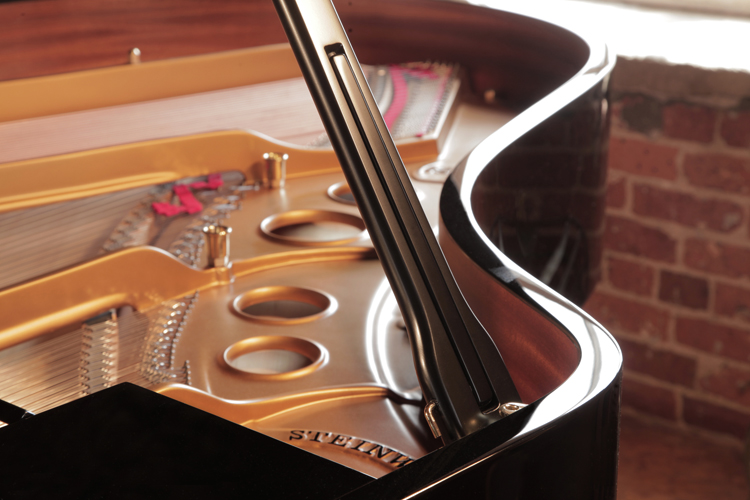
Craftsmanship Beyond Compare
Handcrafted Excellence
A Steinway piano contains over 10,000 individual parts, each hand-crafted by skilled artisans who dedicate years to mastering their art. The company’s founding philosophy, to build to a standard, not a price, remains central to its New York and Hamburg workshops, where cost-cutting shortcuts are never allowed to compromise quality.
Innovations that Shape the Sound
Steinway’s patented diaphragmatic soundboard is designed to vibrate freely, producing resonance and projection of unmatched depth. Combined with a finely engineered action, Steinways offer an expansive tonal spectrum that evolves and deepens over decades of playing.
Rigorous Quality Control
Steinway’s fleet in the UK is maintained by chief concert technician Ulrich Gerhartz, who prepares instruments for world-class performers such as Alfred Brendel and Yuja Wang. His meticulous work underscores an important truth: while each Steinway has its own voice, none leaves the workshop unless it meets the company’s exacting global standards.
Why Concert Pianists Gravitate Toward Steinway
- Touch and Tone: Steinways provide the sensitivity and power required for the full expressive range of the piano, from whisper-soft pianissimo to thunderous fortissimo.
- Consistency Worldwide: Whether at Carnegie Hall in New York or the National Centre for the Performing Arts in Beijing, pianists know Steinways are the universal benchmark. Sitting at one feels familiar, reliable, and trustworthy.
- A Partner in Music: Many pianists describe their Steinway as more than an instrument. It is a musical collaborator, one that breathes with them and enables their artistry to flourish. This connection between artist and instrument is at the heart of Steinway’s success.
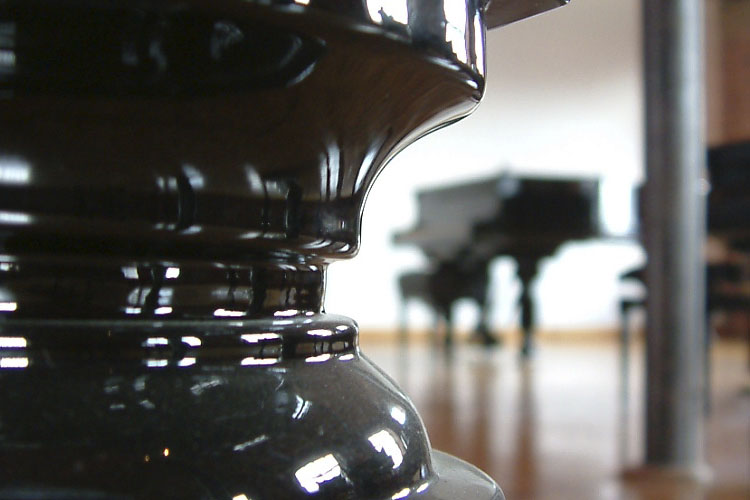
" While each Steinway has its own voice, none leaves the workshop unless it meets the company’s exacting global standards." Ulrich Gerhartz
Steinway as a Financial Investment
Strong Resale Value
Steinways consistently rank among the most stable luxury instruments. Market data shows that a well-maintained Steinway grand can retain around 75–80% of its original retail price after a decade, far outperforming most consumer goods. In addition, Steinway retail prices themselves generally appreciate by about 4% annually.
Long-Term Appreciation
A historic Forbes luxury‑goods index from the early 2000's highlighted a Model D Concert Grand purchased in 1976 for US$13,500 that rose in value to over US$86,000 by 2001, well above inflation, reflecting an effective annual appreciation of nearly 3% in real terms. Steinways are unusual in combining artistic utility with financial value, unlike art or jewellery which remain static.
Trade-In and Brand Programs
Steinway supports buyers through initiatives such as the Steinway Promise, which allows Boston and Essex piano owners to trade up to a Steinway grand within ten years for full credit of the original purchase price. Programs like this reduce financial risk and encourage upgrading.
Accurate record-keeping, professional appraisals, and clear provenance also make Steinways easier to sell, insure, and value accurately.

Golden Eras and Collectible Value
Pianos from Steinway’s so-called “golden age” (1880–1940) are especially sought after for their exotic veneers and distinctive tonal qualities. Properly restored examples can fetch premium prices from a discerning collector, while still serving as functional instruments.
Therefore, a well-preserved vintage Steinway can appreciate well above inflation, while contemporary Steinways usually maintain value and often increase modestly over a decade.
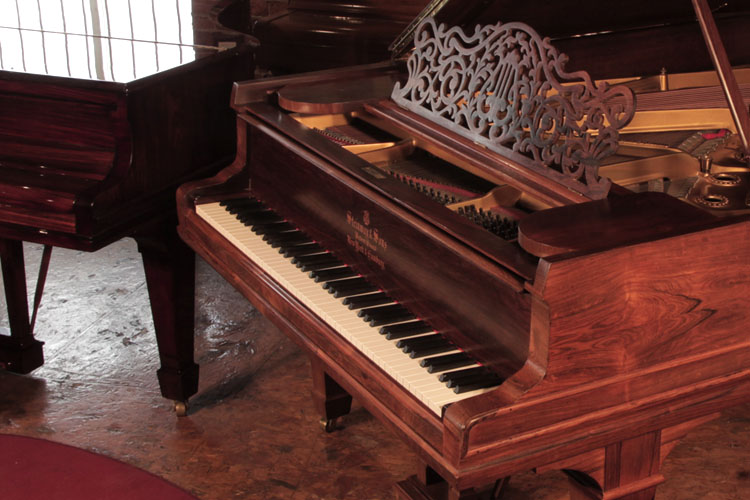
A Closer Look at Steinway Models
Model D (Concert Grand, 8′11″ / 274 cm)
The flagship of the Steinway fleet, the Model D's majesty dominates the world’s concert stages. Renowned for its sweeping tonal range and silky action, it is considered the ultimate concert instrument. Subtle differences exist between factories: New York-built Ds are often described as warmer, while Hamburg builds tend to produce a brighter, more crystalline sound.
Model B (Semi-Concert Grand, 6′11″ / 211 cm)
Nicknamed the “perfect piano,” the Model B offers much of the power and tonal depth of the D, but in a slightly smaller size. As the best-selling professional grand, it is especially popular in conservatories, recording studios, and professional homes.
Model M (Medium Grand, 5′7″ / 170 cm)
The Model M is ideal for those seeking affordability and tonal quality without the footprint of a larger grand. This makes it a top choice for advanced amateurs, teaching studios, and smaller professional settings.
Models L and O (5′10½″ / 178 cm)
These mid-size grands provide extra resonance compared to the Model M. The O features a rounded tail, giving it a slightly different tonal character from the squared-off L. Both are ideal for home performance or studio use.
Model S (Baby Grand, 5′1″ / 155 cm)Models L and O (5′10½″ / 178 cm)
At just over five feet, the Model S is Steinway’s most compact grand piano. It is designed for smaller living spaces while still delivering the signature Steinway sound.

Regional Market Dynamics
North America:
The U.S. remains Steinway’s largest market, with list prices ranging from $65,000 for a Model M to $170,000 for a Model D. Trade-in programs and “All-Steinway Schools” also fuel demand.
Europe:
Hamburg Steinways are highly prized, especially in London, Vienna, and other cultural hubs, where their brilliant clarity appeals to both artists and buyers.
Asia:
In China, Japan, and South Korea, Steinway has become the ultimate prestige purchase. Company filings reveal that by 2018–19, 97% of Asian concert pianists performed on Steinways.
Emerging Markets:
Expansion into South America and Eastern Europe is building new demand among institutions, collectors, and growing middle classes.
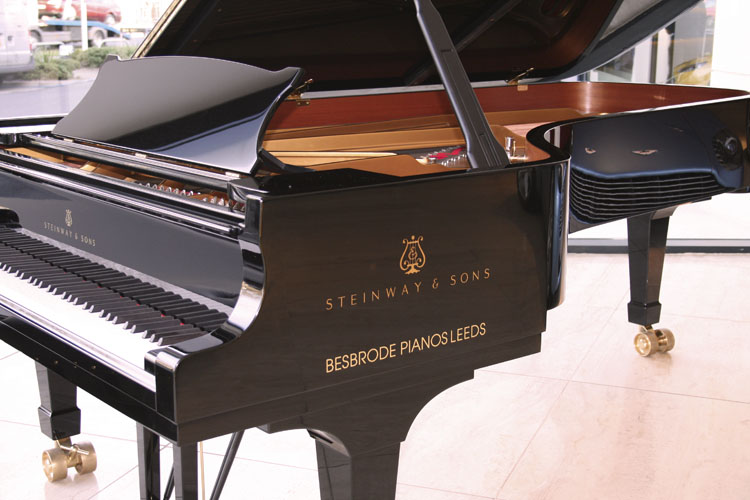
Key Takeaways: Choosing Your Steinway
Model D:
For concert halls and large venues for ultimate power and nuance.
Model B:
The versatile professional piano, perfect for studios, teaching, and high-level performance.
Model M / L / O:
For homes or smaller venues, excellent tonal depth in a more manageable footprint.
Model S:
For space-conscious owners seeking Steinway’s voice in the smallest possible form.
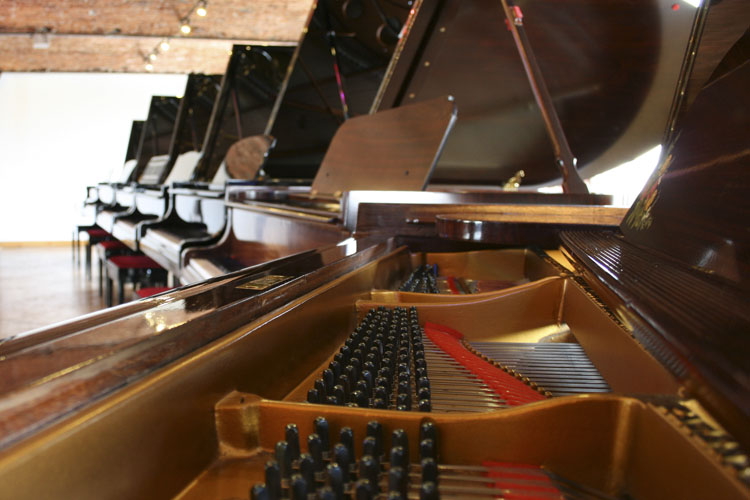
Conclusion: Why 8 out of 10 Choose Steinway
From its founding in 1853 to its global dominance today, Steinway has upheld an unwavering commitment to musical excellence. Pianists from Daniel Barenboim to Billy Joel testify to the instrument’s power, sensitivity, and beauty. Prestigious venues and conservatories worldwide trust Steinway as their standard. Investors, too, see Steinways as assets with both cultural and financial value.
Ultimately, Steinway is more than an instrument. It is a lifelong musical companion, a bearer of tradition, and a testament to uncompromised craftsmanship. That is why eight out of ten concert pianists, and countless other musicians around the world, entrust their musical voice to Steinway.
At Besbrode Pianos, we offer a welcoming, relaxed environment to explore our extensive Steinway piano collection. With over 25 rebuilt and pre-owned Steinway models in stock at any one time, you can compare pianos from a wide range of manufacturing eras—from antique treasures to modern classics.
Appointments ensure you have space and quiet to test instruments thoroughly — just you and the music.
For pianists seeking an extraordinary instrument with character, precision, and soul, Besbrode’s collection offers an unparalleled selection in the UK.

